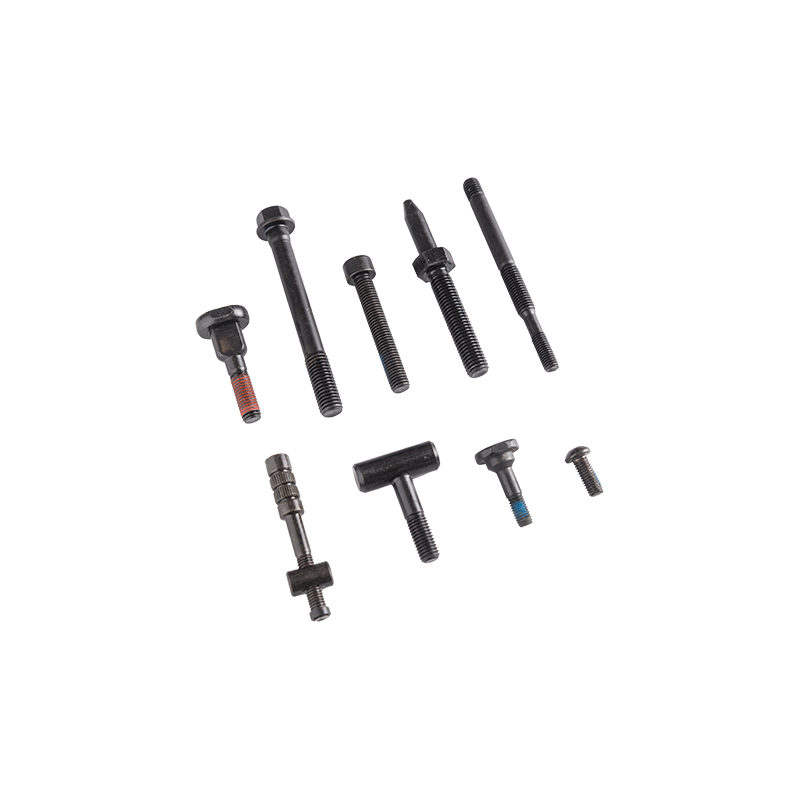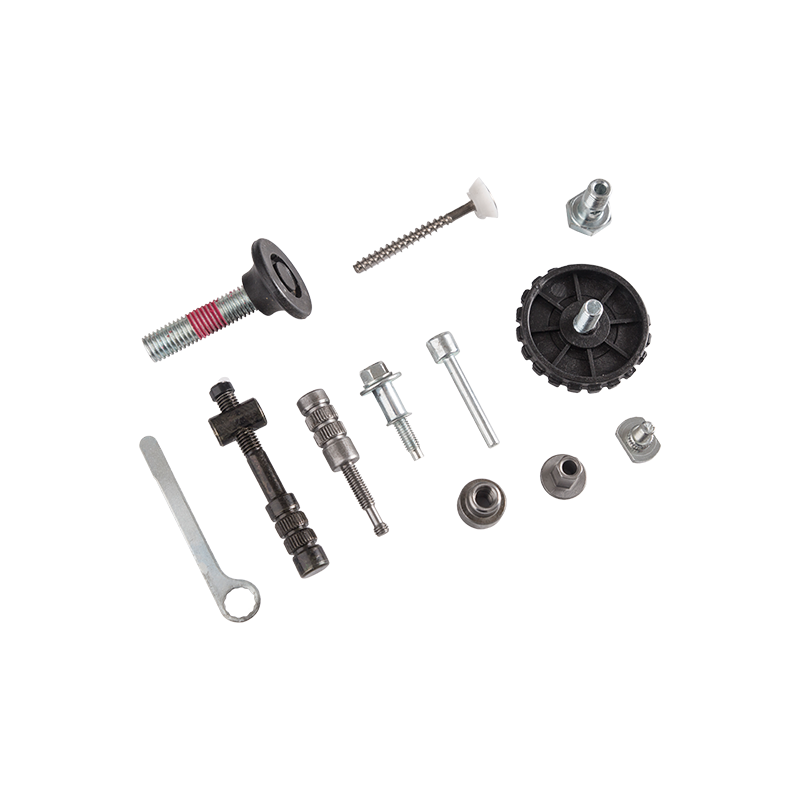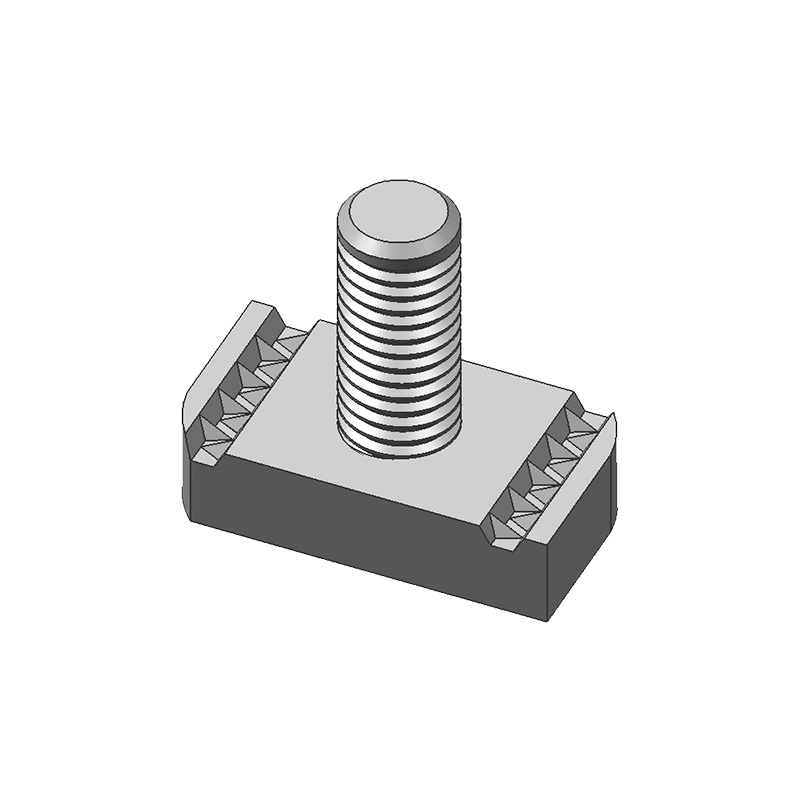Steel channels are a type of structural support beam that can be found in a variety of construction projects. They're often used for building frames and braces, as well as supports for heavy equipment and vehicles. They can be made from a variety of metals, but most commonly, they're made from steel. Because they're very tough and durable, they can withstand heavy loads without bending or breaking. They're also very thick, which makes them great for absorbing vibrations and sound.
Channel steel is long strip of carbon steel that's typically hot-rolled in the form of a U or C shape. This process gives the steel its distinct C or U shape, as well as the ability to bend and cut into different shapes for various applications. It can be further shaped by machining, grinding and welding to create the desired structure. Several different types of steel are used for channel steel, but they're all made from the same basic material. It's essential to know the differences between the various types of steel used in channel steel, as each has its own unique properties and characteristics that make it suitable for certain uses.

There are many types of metal that can be used for channel steel, but steel is typically preferred because of its hardness and strength. These qualities are important for channel steel, as it needs to be able to withstand heavy loads and other types of stress. It's also highly resistant to corrosion, which makes it ideal for use in outdoor environments.
When choosing a channel steel, it's important to consider its load-bearing capacity and the size of the structure. The flange width, flange thickness and web thickness all play a role in the steel channel's overall strength and performance. These factors are usually calculated by consulting with a structural engineer or using manufacturers' load tables.
Once the steel is rolled, it can undergo additional processing steps to improve its durability and rust resistance. It can be galvanized, for instance, which gives it a protective coating that helps prevent rusting and corrosion. The protection can also help reduce the weight of the channel, which is beneficial for building and transportation applications.
The versatility of metal channels has made them popular in a wide range of industries. For example, they're often used in car manufacturing as a way to provide stability and security for the doors and windows of vehicles. They're also useful in building walls for commercial and residential buildings. They're installed in the same manner as studs but offer more stability and sturdiness.
Steel channels are a versatile and cost-effective solution for a variety of applications. In addition to their strength and durability, they're a practical alternative to wood framing for window tracks and trusses. They can also be used in other types of structures, such as light poles or towers. In these applications, the trusses and poles are exposed to the elements, so they need to be strong and long-lasting.

 中文简体
中文简体
 English
English
 Español
Español
 Deutsch
Deutsch













.png)
.png)





